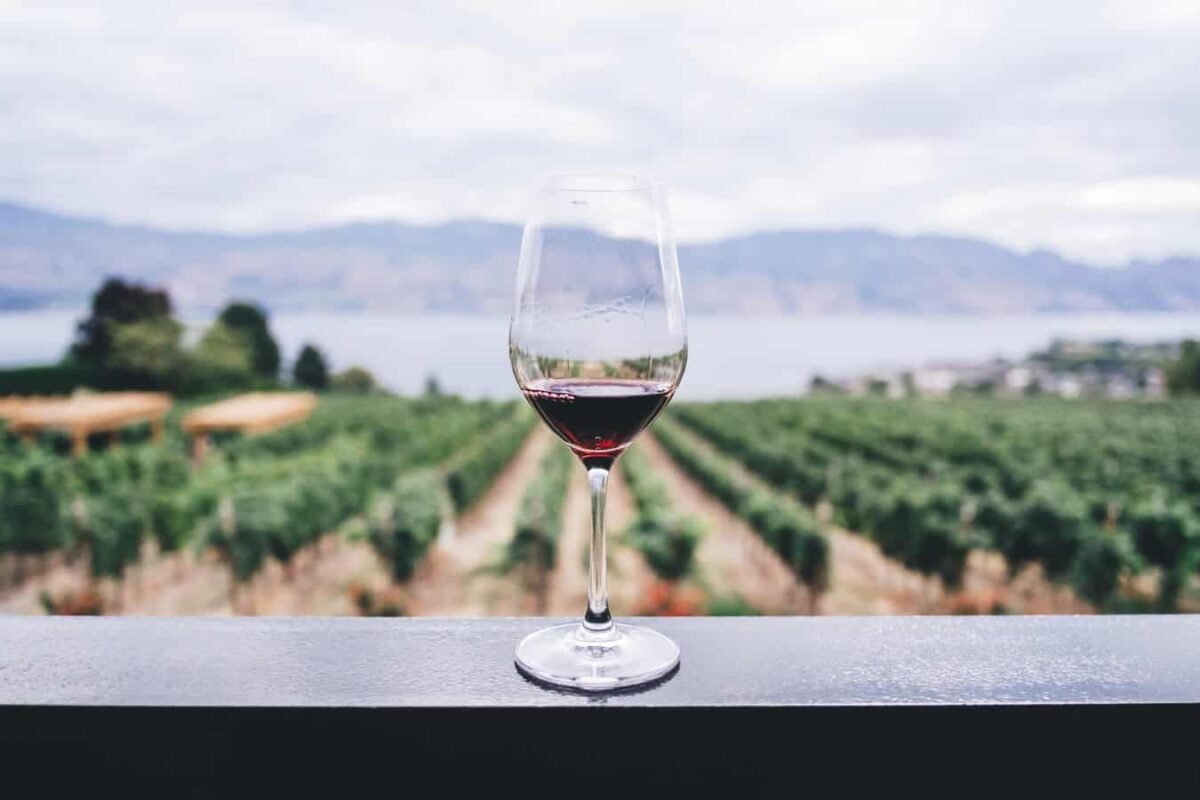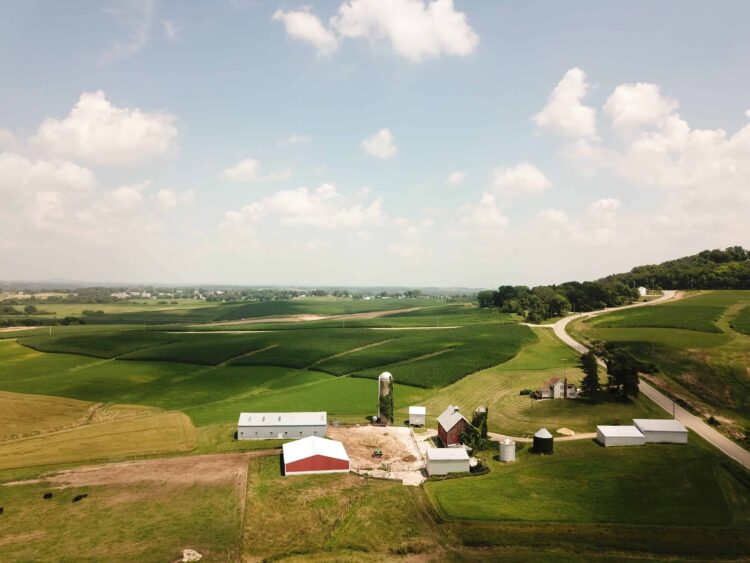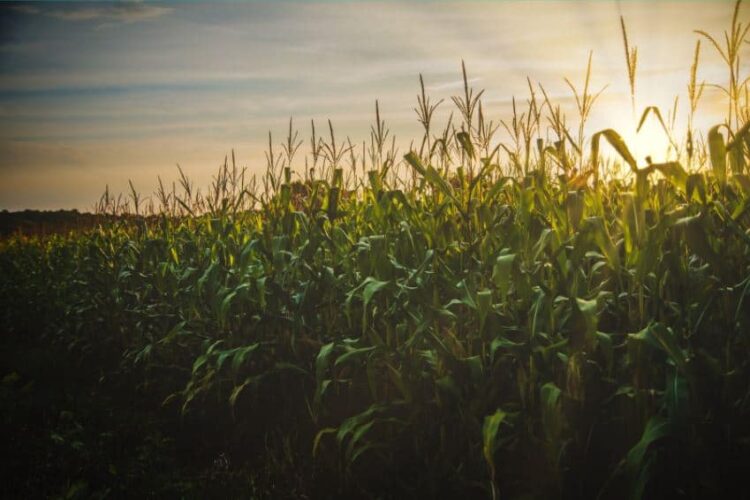“I’ll Have the B.C. VQA, Sub-GI Certified Pinot” — Promoting B.C. Wines Through Legal Recognition of Our Unique Wine Regions

Authors: Katie Bellett, Tessa Rowland
Wine drinkers around the world are familiar with the famous wine regions of France such as Bordeaux, Beaujolais and Chablis. Now, wine-makers in B.C. are working to elevate B.C. wine on the global stage by seeking out legal recognition and protection for the province’s own distinct wine regions.
The B.C. Wine Authority (the “BCWA”) oversees and enforces the system of wine standards established by the Wines of Marked Quality Regulation (the “Regulation”) under the Food and Agriculture Products Classification Act. The Regulation sets the standards for the B.C. Vintners Quality Alliance (“B.C. VQA”) program and the BCWA ensures that B.C. VQA wines are of marked quality, meet the labeling regulations and use the correct geographical indicators for wines made from grapes in various regions in the province.
In B.C., there are currently nine geographic indicators:
- Fraser Valley
- Gulf Islands
- Kootenays
- Lillooet
- Okanagan Valley
- Shuswap
- Similkameen Valley
- Thompson Valley
- Vancouver Island
Geographic indicators (“GIs”) have helped establish different areas of B.C. as well-known wine producing regions by providing consumers with assurances over the origin and quality of the wine with these GIs on their label, and by promoting agri-tourism. However, GIs can span a large geographic area containing varying climates and terrain resulting in different of types of grapes and consequently, different types of wine. In recent years, wineries within the GIs have petitioned the BCWA to have their smaller and more unique regions recognized and protected under the Regulation. These areas within the larger GIs are called sub-geographic indicators (“sub-GIs”) and since 2018, the BCWA has recognized five sub-GIs in B.C. The current sub-GIs are:
- Naramata Bench
- Skaha Bench
- Okanagan Falls
- Golden Mile Bench
- Cowichan Valley
Cowichan Valley, the latest sub-GI designation, is currently the only sub-GI outside of the Okanagan.
Getting a Sub-GI Approved
Under section 9(3) of the Regulation, when making a recommendation for a new sub-GI to the Minister of Agriculture, the BCWA must ensure that all the following criteria are met with respect to the area of the proposed sub-GI:
- the area must be geographically distinct and have clearly defined boundaries;
- appropriate consultations must have taken place in the area and the region surrounding the area, with no credible objections on the basis that the area is not geographically distinct;
- grape production in the area must be commercially viable; and
- the BCWA must hold a vote, by ballot, with respect to the proposed sub-GI and the vote must pass with support for the sub-GI from 2/3 of the following:
- wineries with practice standard certificates who process at least 2/3 of the total wine processed from the grapes grown in that area; and
- registered grape growers who grow at least 2/3 of the total volume of grapes grown in that area by registered grape growers.
When considering a proposed sub-GI, the BCWA will look for unique characteristics within the climate, topography and soil type, and surficial geology that result in the adoption of specific viticulture practices. The BCWA expect those applying for a new sub-GI to show that a significant proportion of their overall production demonstrates the required distinctiveness associated with the proposed sub-GI. As with a GI, winemakers wishing to put a sub-GI on their labels must ensure that 95% of the grapes used in their wines come from that specific region. It is the location of where the grapes are grown that is relevant to GIs and sub-GIs, not the location of the winery.
Sub-GIs: The Future for B.C. Wine
A wine producer can only use a GI or sub-GI if they have first met the B.C. VQA requirements and have been approved by the BCWA to use the B.C. VQA appellation on their labels. To receive approval from the BCWA, wines are submitted for a taste assessment and will only be approved if they are free from specified faults and meet the other technical specifications required under the Regulation. Therefore, when consumers see a B.C. VQA and GI or sub-GI designation on the wine label, they can expect a certain level of quality.
As more unique geographic zones in B.C. are defined through sub-GIs, consumers will be more connected with the distinct areas and grapes that make up B.C.’s quality wine country. They will become familiar with the unique sub-GIs and the types of wine that come from them. This will increase exposure for the province’s wine and tourism industries. Currently, 90% of B.C. wine is purchased in B.C. and there is a desire within the B.C. wine industry to expand to markets outside of the province. Sub-GIs are an important tool in the industry’s push to receive more global recognition.
Geographic differences can result in varied growing conditions and viticulture practices, and therefore different tasting wines. Increasing the number of sub-GIs and allowing winemakers to put their specific regions on their wine bottle labels will help educate consumers on what types of B.C. wine they like and what wines from each particular region taste like. As B.C.’s unique wine regions become more widely recognized, instead of reaching for that classic French Chablis, consumers may seek out a Cowichan Valley Pinot Gris.
Note: This article is of a general nature only and is not exhaustive of all possible legal rights or remedies. In addition, laws may change over time and should be interpreted only in the context of particular circumstances such that these materials are not intended to be relied upon or taken as legal advice or opinion. Readers should consult a legal professional for specific advice in any particular situation.


